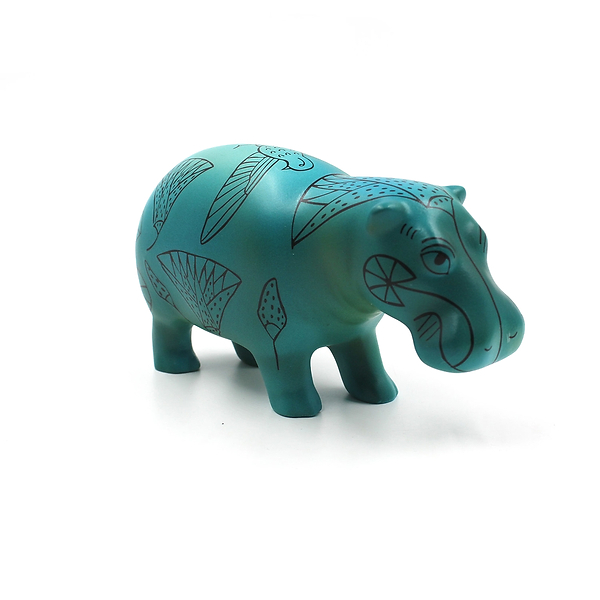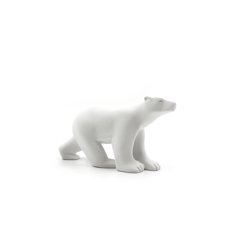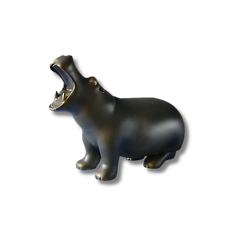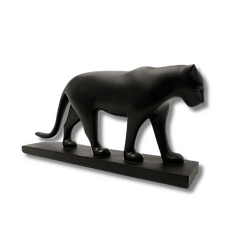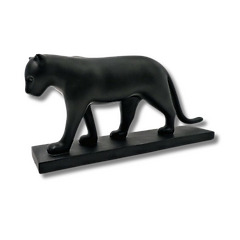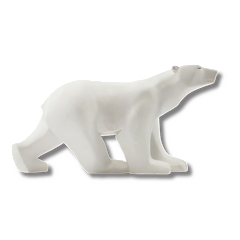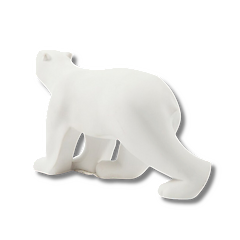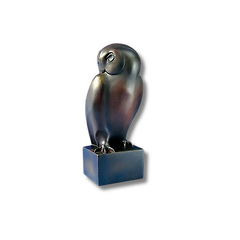Hippopotame En Faience
Description
Egypt, Middle Kingdom, around 2000 BC
Egyptian earthenware was used extensively for the making of funerary statuettes. It is a ceramic mainly composed of quartz which is easily enameled. The addition of copper gives the material a blue-green color.
Statuettes of hippopotamuses, often decorated with stylized lotus flowers, were often offered to the deceased. The hippopotamus was a symbol of new life and fertility, the Nile from which it comes being the source of life of Egypt.
But the hippopotamus, because of the animal's dangerous nature, was also associated with Seth, god of fury and chaos. He attacked fishermen and trampled crops along the Nile. Even in the hereafter, it was better to make a friend of him and thus ensure his protection against all the dangers of the other world. To prevent him from turning against the deceased anyway, one or more legs of the statuette were deliberately broken before placing the animal in the grave.
Product information
- Technical specification
Available within 10 days
Height: 8.5 cm
Length: 15 cmEG14

